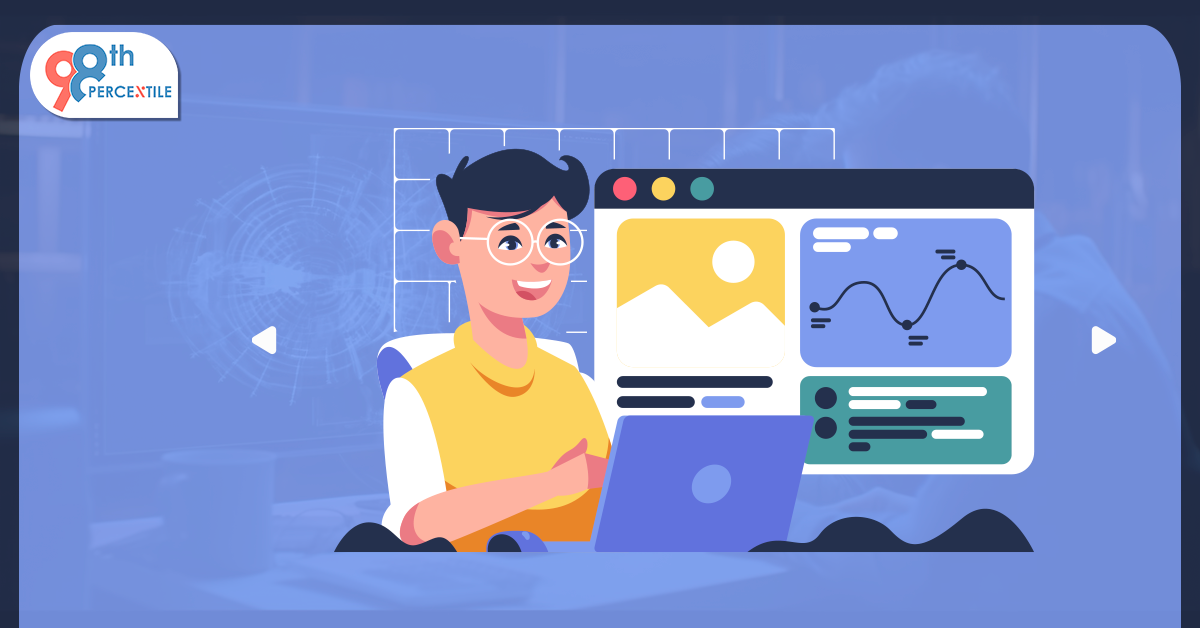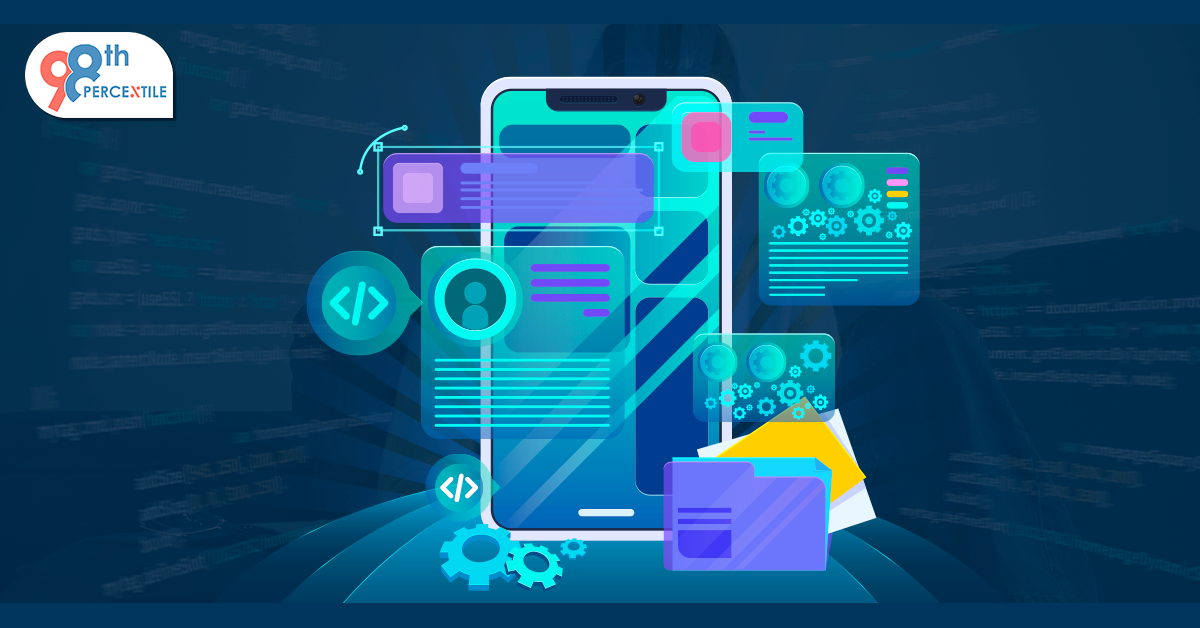In the realm of web development, HTML and CSS stand as the foundational building blocks for creating websites. HTML (HyperText Markup Language) gives structure to web content, laying out elements like headings, paragraphs, and images. CSS (Cascading Style Sheets), on the other hand, styles these elements, dictating colors, fonts, and layout. Together, they enable the creation of visually appealing and well-structured web pages. This guide aims to introduce beginners, especially those looking to collaborate on projects, to the basics of HTML and CSS. It's designed for parents and children to explore the exciting world of web design together, fostering a creative and educational bonding experience.
The synergy of HTML and CSS in web development cannot be overstated. HTML provides the skeleton of a website, while CSS adds muscle and skin, creating an aesthetically pleasing and user-friendly experience. By learning these languages together, parents and children can embark on a creative journey, building from simple web pages to more complex designs. This blog will guide you through the fundamentals of HTML and CSS, offering project ideas that are perfect for teamwork and learning.
Understanding HTML Basics
HTML is the backbone of any web page. It uses tags to structure content, creating a hierarchy that browsers interpret to display web pages. Key concepts include:
- Elements and Tags: The basic building blocks of HTML, including headings (<h1> to <h6>), paragraphs (<p>), and images (<img>).
- Attributes: Provide additional information about elements, like setting an image's source (src) or adding a hyperlink (<a href="...">).
- Lists and Tables: Organize information in a structured format, using ordered (<ol>) and unordered (<ul>) lists, as well as tables (<table>).
Begin Your Child's Coding Adventure Now!
Getting to Grips with CSS
CSS takes the structured content from HTML and styles it, influencing how elements look and feel. Basics of CSS include:
- Selectors and Properties: CSS uses selectors to target HTML elements and apply styles through properties, such as color, font-size, and margin.
- Box Model: Understanding how learn to code margins, borders, padding, and content work together to size and space elements.
- Responsive Design: Using media queries to make designs that adapt to different screen sizes, ensuring websites look great on any device.
Combining HTML and CSS for Web Design
To create a web page, you'll first write the HTML structure, then style it with CSS. This can be done by linking a CSS file using the <link> tag in the HTML head section. Combining these technologies allows for the creation of unique and engaging websites.
Project Ideas for Parent-Child Teams
Creating a Family Blog
- Objective: Design a blog to share family adventures, recipes, or stories.
- Skills Learned: HTML structures, CSS styling, content organization.
Designing a Digital Photo Gallery
- Objective: Create a webpage showcasing family photos with descriptions.
- Skills Learned: Working with images in HTML, and gallery layout design in CSS.
Building an Interactive Hobby Website
- Objective: Develop a site about a shared hobby, including tutorials and resources.
- Skills Learned: Interactive elements (like forms), navigation bar creation, external link integration.
FAQs (Frequently Asked Questions)
Q.1: Can children learn HTML and CSS?
Answer: Yes, with guidance, children can start learning the basics and gradually tackle more complex concepts.
Q.2: How long does it take to learn HTML and CSS?
Answer: Basics can be grasped within a few weeks, but mastery comes with practice and experimentation.
Q.3: Do I need special software to code in HTML and CSS?
Answer: No, you can start with any text editor and a web browser to see your creations.
Q.4: Are HTML and CSS enough to create professional websites?
Answer: While they provide the foundation, learning JavaScript and other web technologies enhances functionality and interactivity.
Q.5: How can we host our web projects online?
Answer: There are many hosting services, some even free, where you can upload your projects to share with the world.
Book 2-Week Coding Trial Classes Now!
HTML and CSS are the gateway to the world of web development, offering a creative platform for parents and children to learn and build together. Through collaborative projects, families can explore the basics of web design, creating anything from personal blogs to interactive hobby sites. This journey not only strengthens coding skills but also fosters a deeper bond through shared learning experiences. Dive into the world of HTML and CSS, and unleash your creative potential as a team.

 Students/Staff
Students/Staff Parents
Parents ElevatEd
ElevatEd















